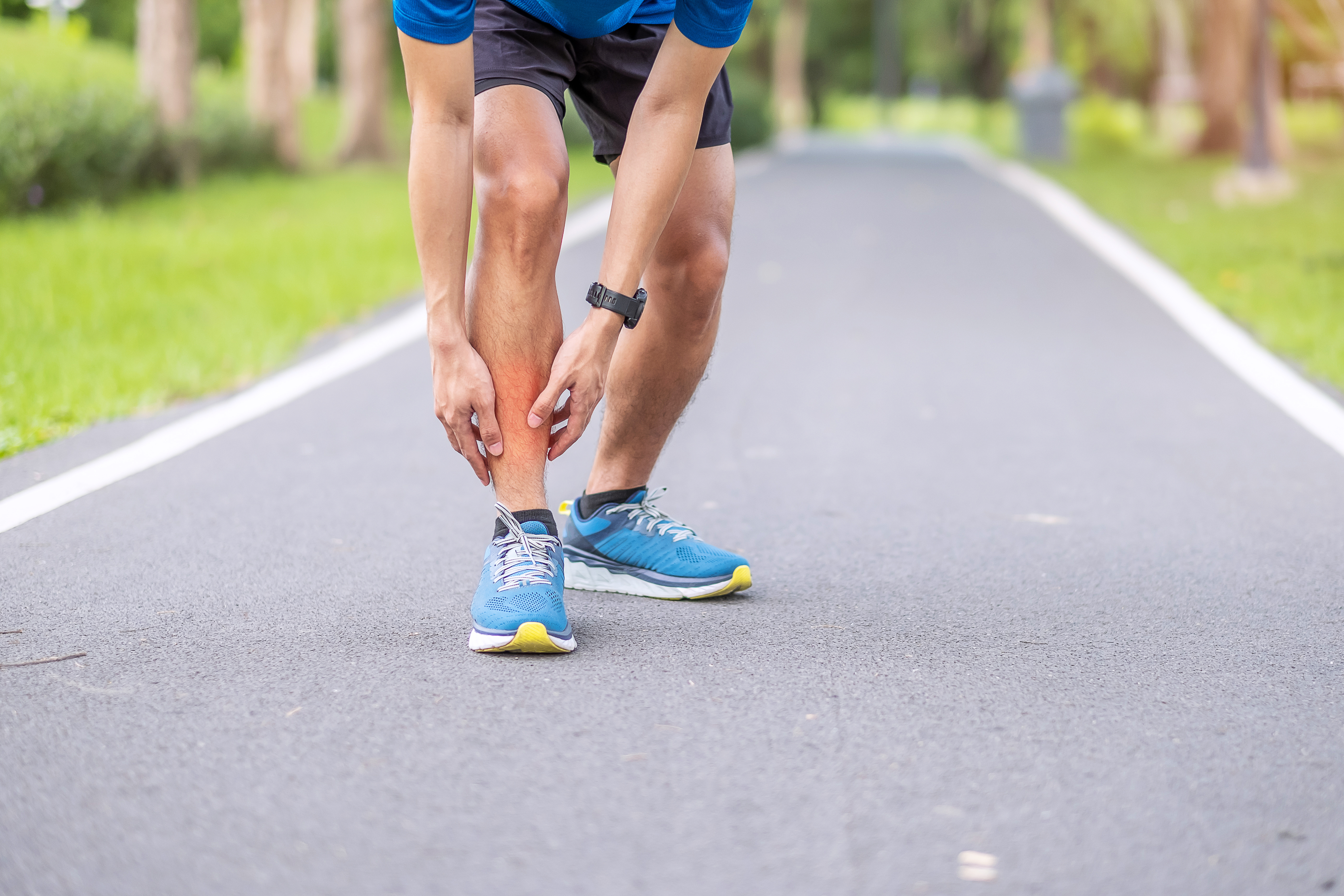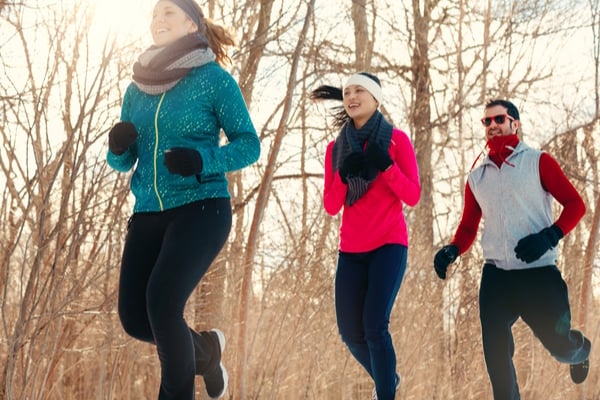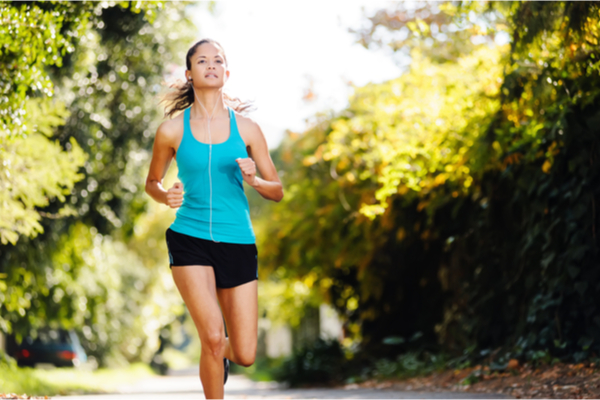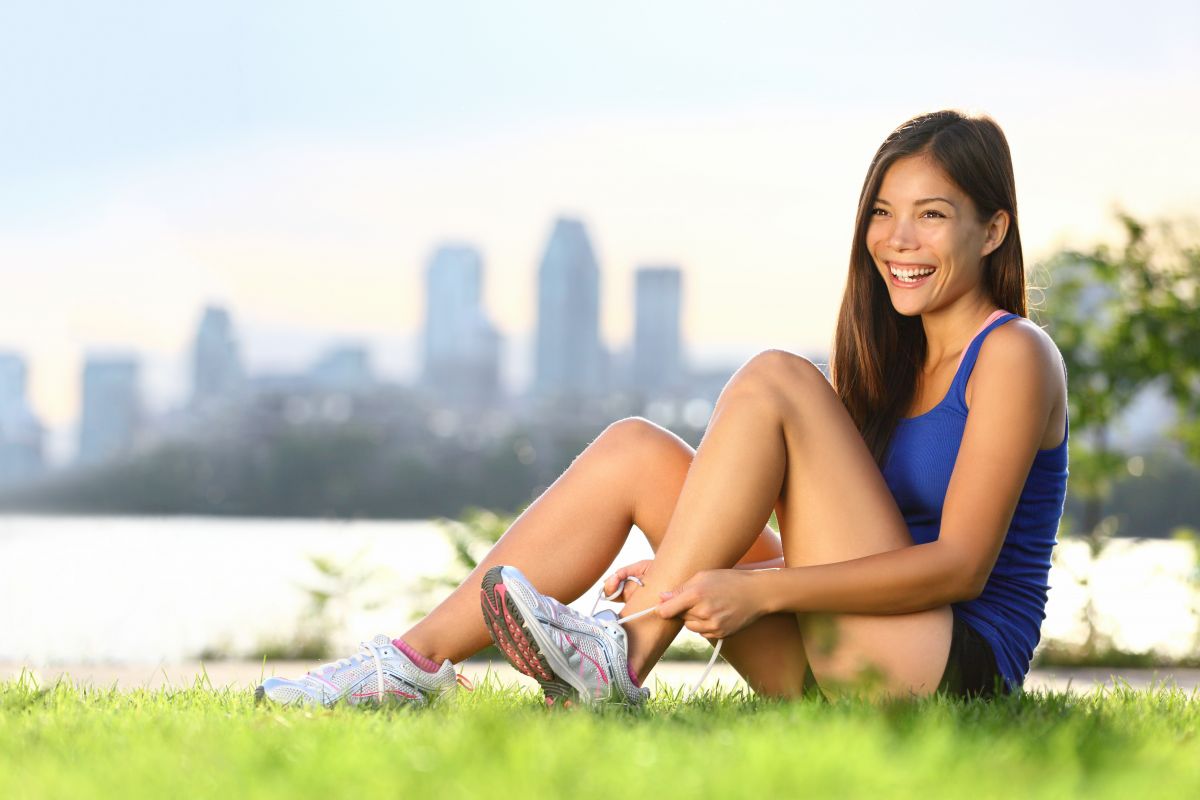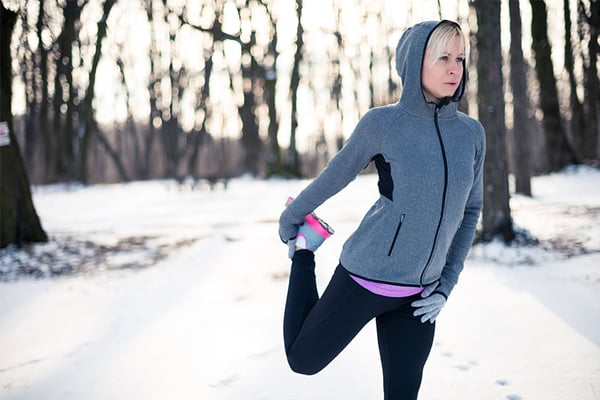
Five most common injuries to runners
Injuries are common for runners - but they don’t have to be. Here’s how you can keep aches and pains in check and keep you on track.
Runner’s knee (patellofemoral syndrome)
Symptoms: Patello femoral pain syndrome (PFPS or runner’s knee) is irritation of the tissue under the patella (kneecap). Runner’s knee feels like a constant ache underneath your kneecap which is worse after a long run, after prolonged sitting or with stairs or hills (especially going down).
Causes: The most common cause is too long of a stride resulting in increased force ground reaction at the knee. Other risk factors can include tight quads and weak hips/glutes
How to rehab: In the short-term anti-inflammatory meds or ice can ease symptoms but won’t fix the underlying cause. Decrease running distance and days (ie: run 2-3 days apart versus every day and avoid running downhill. The long-term fix is to correct stride length (learning to land with your foot underneath your body) stretching your quads and strengthening your glutes.
Iliotibial band syndrome (ITBS)
Symptoms: The IT band is a tendon on the outside of your thigh from your hip to the knee. It can feels like a dull pain to the outside of the knee to a sharp pain, especially when runnin downhill.
Causes: Poor running technique and muscle imbalances. Typically IOT band pain is due to landing too far in front and outside of your foot. This leads to tightness and friction between the IT band and the outside of knee over the femur.
How to rehab: Myofascial release of quad, tensor fascia latae and hamstrings – this can be done by a physiotherapy or massage therapist or by using a foam roller. Avoid running downhill and on the same side of the road. Correct stride technique and work on stretching quads and strengthening hip muscles.
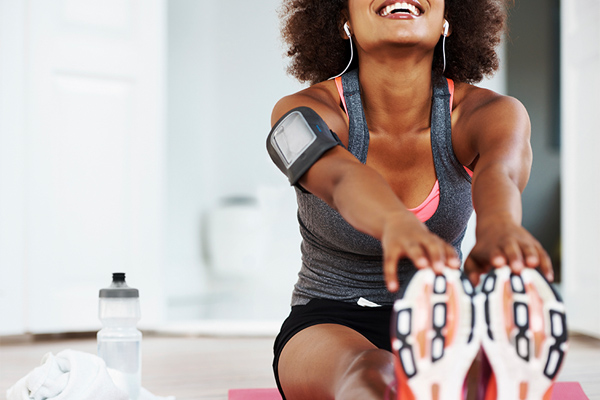
Shin splints
Symptoms: Can vary from tenderness in the shin that lessens with running to severe pain along the shin with every step.
Causes: Sudden increase in training volume, running on hard surfaces and over-striding with foot drop (foot slapping ground loudly at end of stride).
How to rehab: Rest, ice and anti-inflammatory initially. Gradually return to running with consideration to training volume and running surface. Increase training volume and intensity gradually while running on trails or grass to help reduce impact on your legs. Working on stretching tight calf / ankle muscles while improving running technique will lead to long-term results.
Achilles tendonitis
Symptoms: Pain and potentially swelling in the lower leg just above the heel.
Causes: Increased training volumes especially hills, speed work or jumping. Tight calves. Running issues can be progressing to forefoot running technique too quickly or running on a treadmill with too steep an incline.
How to rehab: Rest, ice and stretching can help temporarily relieve symptoms. You may require orthotics, heel lifts or a change of shoes. Modifying training volume, surface and technique. Eccentric stretching and massage to Achilles tendon and calves
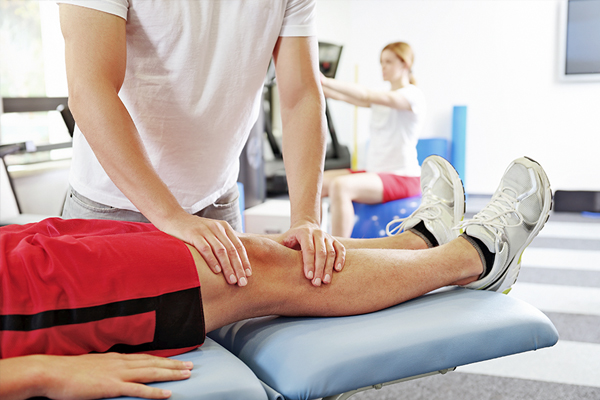
Plantar Fasciitis
Symptoms: Pain and inflammation to the connective tissue running from heel to toes. Pain can feel like a dull ache to the arch of your foot, or tightness at your heel and arch when walking, especially after prolonged sitting or in the morning.
Causes: Increasing training volume too quickly, improper or worn out footwear and lead to the problem, but the underlying cause is usually tight and weak muscles in your foot and hip causing increased load on the arch.
How to rehab: Orthotics and shoes with an arch or mid-foot stability can help in the short-term. You can roll your arch on a frozen water bottle and stretch your calf. Long-term fixes include working on strengthening muscles of your foot and hip.
Most running injuries can be linked to how you run. Most injuries are correctable with proper instruction. Pre-run warm-ups and post run cool down exercise, which can take only a few minutes, are also recommended. The exercises can be as simple and leg swings, dynamic stretching and loosening up specific muscle groups.
For specific instruction on the rehab recommendations contact a clinic nearest you for an appointment to discuss your injury and rehab plan: https://www.lifemark.ca/locations. Some locations may also be able to do a running assessment to analyze your running technique and give specific tips to correct.
